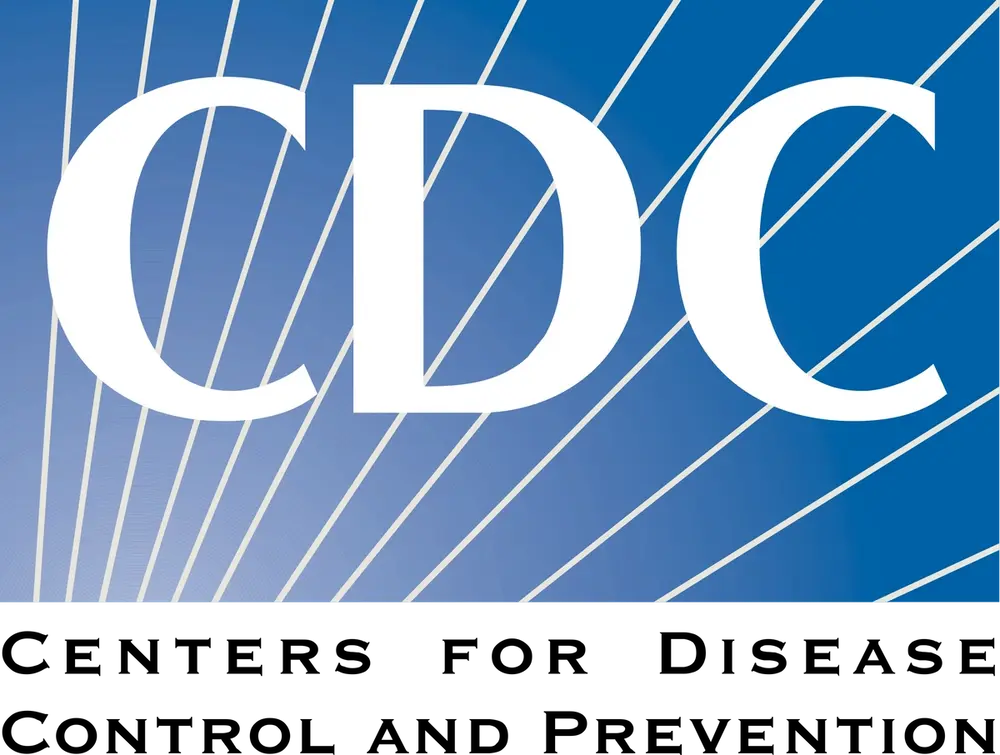Yesterday, the first human case of avian influenza A (H5N1 this year) in the United States was reported by the Texas Department of State Health Services (DSHS).1 The person became infected following contact with dairy cows presumed to be infected with avian influenza. The person’s primary symptom has been conjunctivitis and is being treated with an antiviral. The person was told to isolate while in recovery.1,2
DSHS issued this health alert to provide awareness to health care providers and ask them to be vigilant for people with signs and symptoms of avian influenza A(H5N1).1
People exposed to birds or other animals with confirmed or suspected avian influenza should be monitored for any signs and symptoms of illness for 10 days after the last known exposure, including people wearing recommended personal protective equipment.1
Prior to this case, the Centers for Disease Control and Prevention (CDC) and other federal regulatory bodies and state health departments have been monitoring outbreaks in livestock. CDC also reports it is continuing to work with state health departments to continue to monitor workers who may have been in contact with infected or potentially infected birds/animals and test those people who develop symptoms.1
This is the second case of this avian influenza strain identified in a person in the United States. That other person contracted this form of the flu in 2022 in Colorado. That person reportedly had direct exposure to poultry, and was involved in the depopulating of poultry with suspected H5N1 bird flu.3
The patient’s only reported symptom was fatigue, and they have since recovered. The person was treated with the antiviral influenza therapy oseltamivir (Tamiflu).3
What You Should Know
The recent case of avian influenza in Texas highlights the importance of being cautious around sick or dead animals, including wild birds, poultry, and domesticated animals like cattle.
The CDC emphasizes preventive measures to reduce the risk of avian influenza transmission.
Health care providers should consider avian influenza as a potential diagnosis for patients with relevant exposures, such as contact with infected animals or prolonged exposure in confined spaces with potentially infected birds or animals.
Prevention
According to the CDC, the general public should avoid unprotected exposures to sick or dead animals including wild birds, poultry, other domesticated birds, and other wild or domesticated animals (including cattle), as well as with animal carcasses, raw milk, feces, litter, or materials contaminated by birds or other animals with confirmed or suspected HPAI A(H5N1)-virus infection.3
People should not prepare or eat uncooked or undercooked food or related uncooked food products, such as unpasteurized (raw) milk, or products made from raw milk such as cheeses, from animals with confirmed or suspected HPAI A(H5N1)-virus infection.3
And for those who work in farming or with livestock, CDC has a specific page related to preventative measures.
Clinical Considerations
For health care providers, consideration of seeing patients who may have the avian influenza,include persons with the aforementioned exposures to animals as well as having had prolonged exposure to potentially infected birds or other animals in a confined space.4
CDC says for persons with suspected virus infection, “the following specimens should be collected as soon as possible after illness onset or when deemed necessary: a nasopharyngeal swab and a nasal swab combined with an oropharyngeal swab (eg, 2 swabs combined into one viral transport media vial). The nasopharyngeal swab and the combined nasal-throat swabs should be tested separately.” 4
CDC says there are no approved vaccines for prevention of avian influenza in the US, and that the seasonal influenza vaccines do not protect against this form of the flu.4 It is important to note, however, that the US government does has some H5N1 vaccines stored in case of a human outbreak.
References
1. Health Alert: First Case of Novel Influenza A (H5N1) in Texas, March 2024. Texas Department of State Health Services press release. April 1, 2024. Accessed April 2, 2024. https://www.dshs.texas.gov/news-alerts/health-alert-first-case-novel-influenza-h5n1-texas-march-2024
2. Highly Pathogenic Avian Influenza A (H5N1) Virus Infection Reported in a Person in the U.S. CDC press release. April 1, 2024. Accessed April 2, 2024. https://www.cdc.gov/media/releases/2024/p0401-avian-flu.html
3. Cosdon N. Case of Human Avian Influenza Reported in US. Contagion. April 29, 2022. Accessed April 2, 2024. https://www.contagionlive.com/view/case-of-human-avian-influenza-reported-in-us
4. Highly Pathogenic Avian Influenza A(H5N1) Virus in Animals: Interim Recommendations for Prevention, Monitoring, and Public Health Investigations. Influenza. CDC. Last reviewed March 29, 2024. Accessed April 2, 2024. https://www.cdc.gov/flu/avianflu/hpai/hpai-interim-recommendations.html

